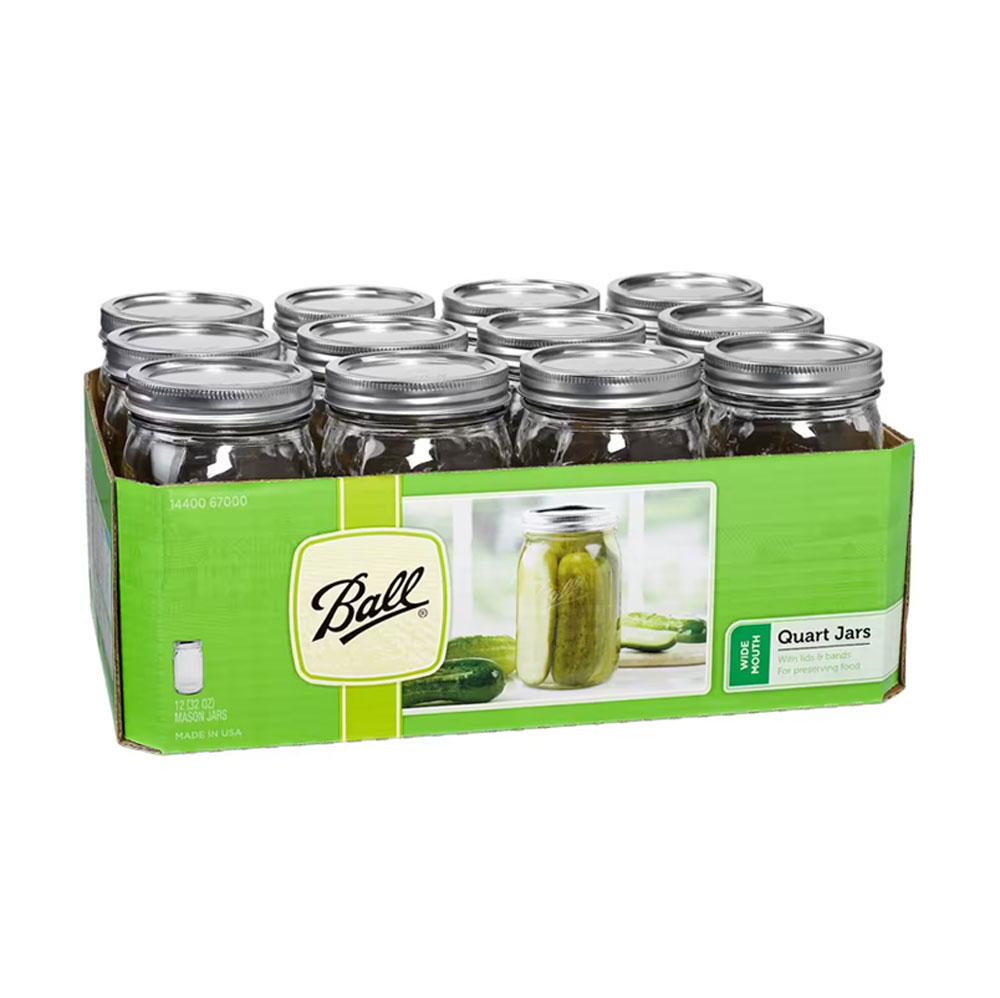If you’re one of those lucky enough to have a backyard garden, choosing what to plant each year, is almost as important as deciding what special gift to buy someone during the holidays, or where you’ll spend your next vacation.
It’s a task not taken lightly, or without a good deal of thought.
It begins with what you and or your family likes, and what your budget is.
But in the case of a backyard garden, it is not a just budget of money.

It’s typically, a budget of space.
It seems that there’s never enough for everything you’d like to plant.
Especially if you’re considering pickling a good amount of your harvest.
Keeping in mind that you can pickle nearly any vegetable.
However, you should also consider the greater appeal of vegetables that you’d rather enjoy raw or freshly cooked, rather than pickled.
Sweet corn for example.
Ok, maybe pickle a pouch or two.
Obviously, leafy greens are pretty much out, except for cabbage, likewise for most winter squash, potatoes, and larger ripe red tomatoes. Peeled broccoli stems pickle well but their florets are rather fragile and often end up mushy and unappealing.
The list of vegetables that are wonderful to pickle FAR exceeds those that are lesser candidates. Below are the usual suspects. Along with them, are what we have seen are the most often pickled which we will define as:
Primary
Universally enjoyed as snacks, sandwich accompaniments, and in relish trays. These are the “A” list choices for most people. Vegetables in this category include Cucumbers (including summer squash such as zucchini and yellow squash), cauliflower, carrots, beets, all peppers (including chiles), asparagus and green beans, and bean varietals.

Secondary
Vegetables with special appeal to some devoted to their unique flavor. Generally pickled in small batches. Occasionally used in ethnic dishes. These would include Cabbage, Brussels sprouts, sweet corn, mushrooms, onions, okra, garlic, green tomatoes, and cherry or grape tomatoes.
Fringe
Vegetables are often used in combination with those more commonly pickled. Providing accent flavors, textures, and colors. These vegetables include Radishes (including daikon), celery, rhubarb, eggplant, fennel, capers, ramps, fiddlehead ferns, and watermelon rind.
Granted, some of these choices above are not things you’d be planning on growing in your garden (such as olives, mushrooms, ramps or fiddlehead ferns) but we threw them in, well, just because.
Of course, many fruits can be successfully pickled too, and we’ll cover those in a separate blog.
A strategy for your eventual pickling
Using the Great Lakes Pickling Pouches is a simple, delicious, and time-saving way to enjoy pickled vegetables.
As your harvest comes around, consider that some vegetables, being denser, require a bit more time in your pouch for the flavors to fully penetrate and the flesh to soften a bit.
Cucumber spears, for example, take only a few days while carrots and cauliflower, for example, take at least twice that amount of time.
Vegetables such as green beans, asparagus, and corn fall somewhere in between.
If you’re considering eventually serving them all together on a pickled relish platter, to make sure they are all properly pickled, you can consider two strategies:
- Pickle the denser vegetables a few days to a week ahead of those more porous and softer, i.e., carrots or beets before cucumbers or mushrooms.
- Cut the denser vegetables into slices or any shape to expose more of their surface area and pickle all at the same time.
Strategy #2 is especially useful when pickling multiple vegetables together, in the same pouch, such as Giardiniera.
Some final tips
As you plan this year’s garden, if it looks like you’re struggling for planning space, consider cucumber varietals which take up less space or, can even grow successfully in patio pots. Our March 15th newsletter showcased 4 good choices.
It may seem a LONG way off but when your harvest comes due, you’ll be enjoying the fruits of your pickling labor and hopefully sharing your passion with your family and friends. Be sure to pick up some extra pouches for that personal touch of gift-giving.
Got a planting tip or a pickle pouch story that you’d like to share? We’d love to hear from you.




